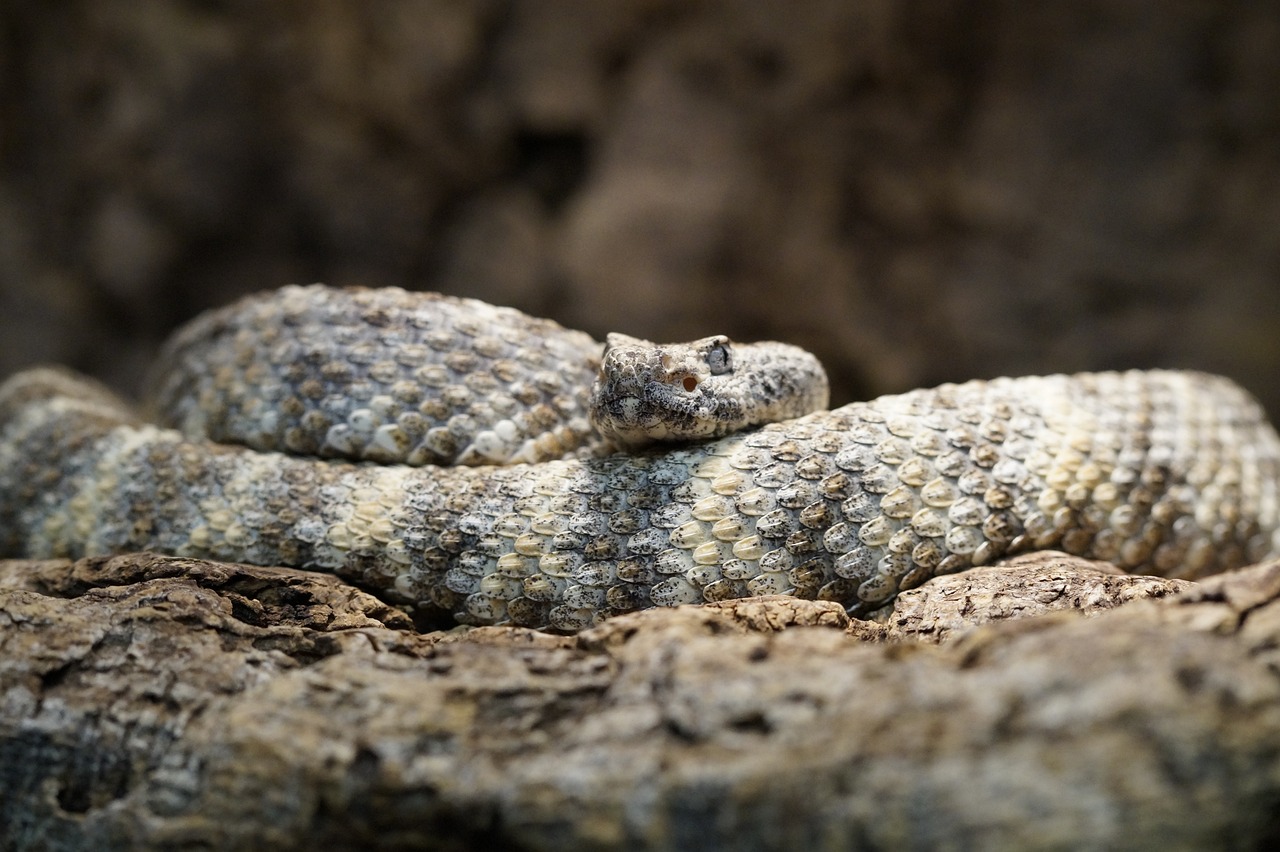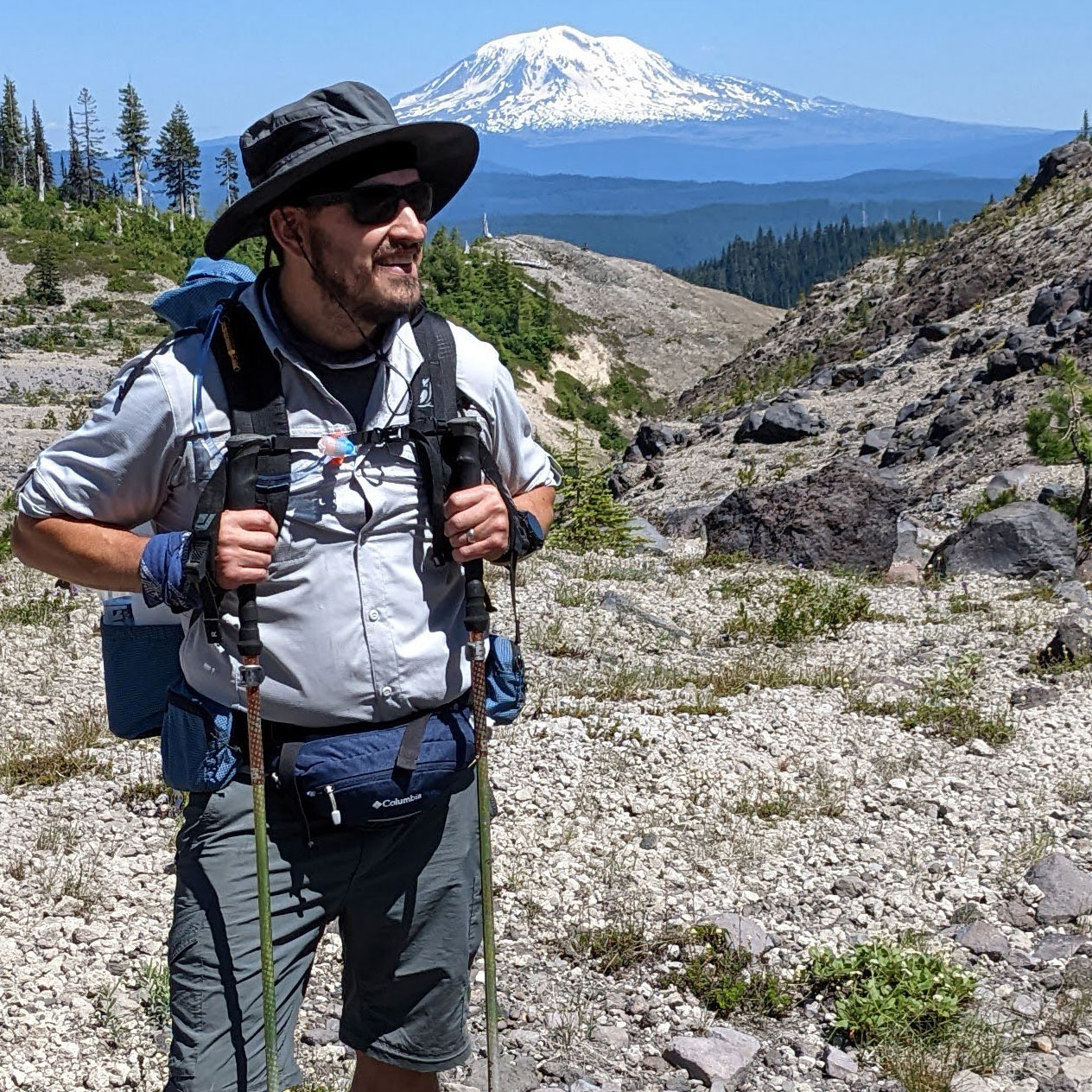Hiking is an excellent way to enjoy the great outdoors and connect with nature. It offers fantastic opportunities to explore new trails, catch breathtaking views, and spot wildlife. As much as hiking is an adventure, it also comes with some potential dangers. Encountering snakes is one danger that hikers need to be aware of, especially since many snakes are venomous and can cause severe harm. Therefore, it is essential to have an understanding of how to handle snake encounters while hiking.
Learn About Snakes:
Having some knowledge of snakes is critical as it can help you avoid potential risks. It is essential to recognize the various types of snakes that exist in your hiking area to anticipate encounters. Some snakes are more common than others, and identifying them can guide you on the appropriate measures to take. Venomous snakes, such as rattlesnakes and copperheads, have distinctive features like triangular heads and heat-sensing organs that distinguish them from non-venomous snakes.
Additionally, snakes may exhibit specific postures, warning signs, and behavioral patterns when they feel threatened. Rattlesnakes, for instance, may produce a distinctive rattle sound when they sense danger to alert trespassers of their presence. Understanding snake behavior can help you decide on the appropriate response when they encounter one.
Preparedness for a Hiking Trip:
Being well-equipped is essential when planning a hiking trip. You need to ensure that you have the appropriate footwear, clothing, and gear. Boots and long pants provide protection to your feet and legs from potential snake bites. Additionally, carrying a first aid kit and a snake-bite kit can be lifesaving, especially if you will hike in areas where venomous snakes are prevalent. Having a map of the trail and identifying possible routes to reach emergency services is also crucial.
Hiking with a group or a partner(s) not only makes the experience enjoyable but also provides an extra set of eyes and ears. Ensure that you choose a trail that suits your fitness level and remains on the marked path to lower the chances of encountering snakes.
Tips for Avoiding Snake Encounters:
Preventing snake encounters is the best way to stay safe while hiking. It is advisable to hike during daylight hours when most snakes are active and avoid hiking during the colder seasons when snakes tend to hibernate. Making noise, clapping your hands, talking loudly, or even whistling can help alert the snakes of your presence, and they are likely to keep clear of the trail.
High snake population areas near potential habitats, like rocks, streams, and dense bushes, should be avoided. Stick to the main trails and avoid veering off into the natural vegetation, as this increases the chances of snakes being disturbed.
What To Do When Encountering A Snake:
When hiking, always keep your eyes open, and if you spot a snake, stop and take a deep breath to calm down. Avoid any abrupt movements that may startle the snake as it increases the likelihood of being bitten. Give the snake some space and observe it to determine its behavior. If it’s a venomous snake or you are not 100% sure, slowly and calmly back away while keeping your eye on the snake until it goes off the trail.
If you are bitten by a snake, seek medical attention immediately. Remove any rings, bracelets, or items that can constrict areas around the bite site to prevent swelling. Keep the bite level with your heart and avoid vigorous exercise or movement that will increase your heart rate and spread the venom quickly.
First Aid for Snake Bites:
Knowing what to do after a snakebite can be lifesaving, especially when medical help is not immediately accessible. Snakebite signs and symptoms, like pain, redness, and swelling around the bite site, can be severe and life-threatening.
If you are bitten, remember to stay calm. Call for help immediately and follow the ABC rule: Airway, Breathing, and Circulation. Administer first aid by cleaning the wound with soap and water and immobilizing the bite area, preferably below the level of your heart. Use a constrictive bandage if medically advised by a professional or your snakebite kit. Seek medical attention urgently as fast as possible.
Conclusion:
Hiking is an excellent way to enjoy nature, get exercise, and spot wildlife. As much as hiking can be enjoyable, it also comes with potential risks such as encountering snakes. It is essential to be well-prepared and have an understanding of how to handle snake encounters. Knowing snake behavior, staying on marked trails, and carrying appropriate gear such as snake-bite kits and first-aid kits are critical for safe hiking. Always remember to remain calm when encountering snakes, give them space, and observe them before slowly and calmly backing away. Finally, if you are bitten, seek medical attention immediately, and follow the recommended first aid measures. Happy and safe hiking!


